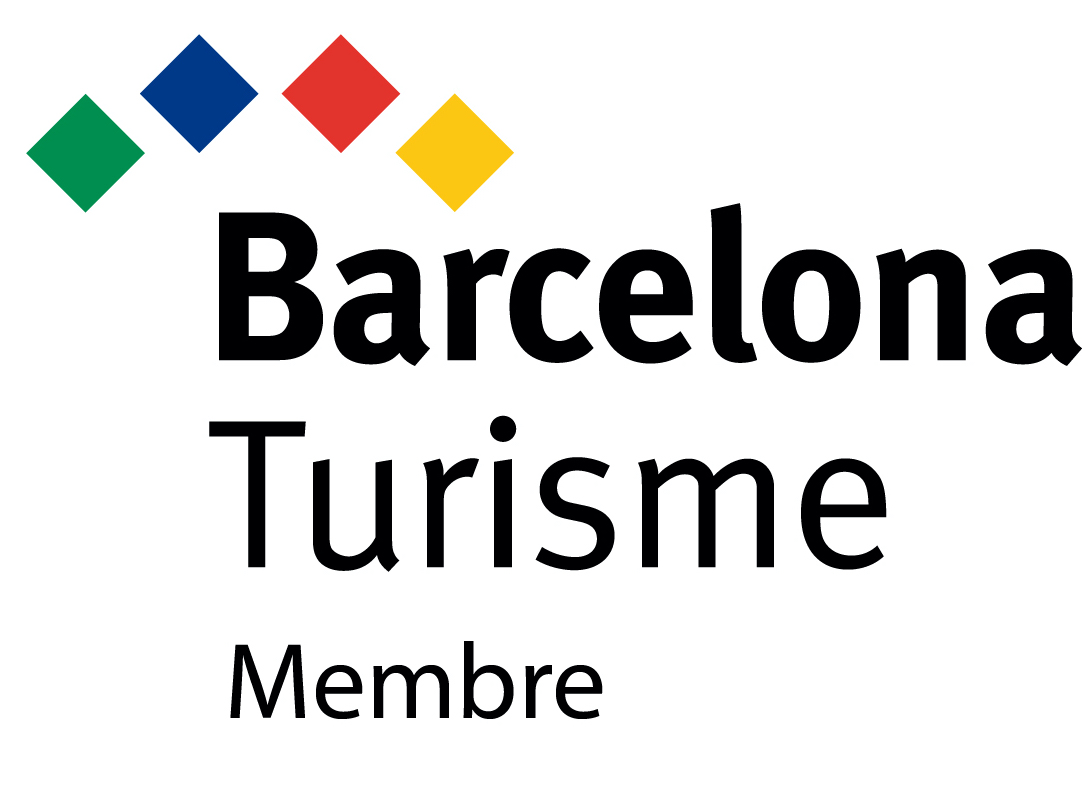Aviation is one of the most exciting and rewarding professions, and becoming a helicopter pilot can offer you unique experiences. From flying over breathtaking landscapes to working on rescue missions, the possibilities are endless. But how can you become a helicopter pilot? Here’s everything you need to know to start this incredible journey.
1. What does it take to become a helicopter pilot?
Becoming a helicopter pilot requires technical, physical, and mental skills. It’s not just about flying; it’s about making quick decisions, handling complex situations, and having excellent coordination.
• Helicopter Pilot License (PPL-H): This is the first step. The Private Pilot Helicopter License (PPL-H) allows you to fly for personal use but not for professional work. To obtain it, you must complete both theoretical and practical training, including at least 45 flight hours.
• Commercial Helicopter Pilot License (CPL-H): If your goal is to work as a helicopter pilot, you will need the Commercial Pilot License (CPL-H). This requires more flight hours (usually around 150 hours), advanced knowledge of aeronautics, and a practical exam.
• Airline Transport Pilot License (ATPL-H): If you want to reach the highest level and pilot helicopters for large companies or international flights, the ATPL-H is the next step. It is the most advanced license and requires more flight hours and a deep knowledge of aviation.
2. Medical and physical requirements
The job of a helicopter pilot requires excellent physical health. To ensure you are fit to fly, you will need to undergo a medical examination.
3. Training and flight schools
The path to becoming a helicopter pilot goes through an aviation school. Here, you will receive theoretical training in aeronautics, meteorology, navigation, and more. Practical training includes flight hours under the supervision of an experienced instructor. At Coptering, we offer more than 30 courses that prepare you to obtain all the necessary licenses.
It is important to choose an accredited flight school with modern helicopters and qualified instructors. At Coptering, we have state-of-the-art aircraft, such as 3 units of the popular two-seat Cabri G2 by Guimbal and 2 Airbus AS355n, known for their safety and efficiency. We also have a helicopter simulator certified by EASA to offer multiple courses (IR, MCC, PBN, ATPL, IRI, among others), which provides additional training for professional pilots (instrument flight procedures, emergencies, and multi-crew cooperation) and training in SAR, HEMS, fire fighting, rescue, police, and offshore operations.
4. Professional opportunities
Some of the areas you can work in include:
• Passenger transport: From sightseeing flights to transporting executives or company personnel.
• Search and rescue: In emergency situations, helicopter pilots play a vital role in rescuing people.
• Maintenance and surveillance: Many companies require pilots to maintain equipment or perform aerial surveillance, such as monitoring forest fires.
• Industry work: There are opportunities in construction, mining, and oil rigs, where helicopters are used to transport materials or people.
5. Tips to get started
If you decide to embark on this career, here are some tips:
• Do your research: Research the licenses you need and choose the school that best fits your needs.
• Start with introductory flights: At Coptering, we offer introductory flights so you can experience what it’s like to fly before committing to training.
• Maintain a positive mindset: The path to becoming a pilot can be long and challenging, but with perseverance and dedication, you will succeed.
Want to know more about our flight school?




